...an excerpt from http://americanhistory.about.com/cs/worldwarii/a/internment.htm
Japanese-Americans were sent to internment camps during World War II. This internment occurred even if they had been long time US citizens and posed not threat. How could the internment of Japanese-Americans have occurred in "the land of the free and the home of the brave?" Read on to learn more.In 1942, President Roosevelt signed Executive Order No. 9066 into law which eventually forced close to 120,000 Japanese-Americans in the western part of the United States to leave their homes and move to one of ten 'relocation' centers or to other facilities across the nation. This order came about as a result of great prejudice and wartime hysteria after the bombing of Pearl Harbor.Even before the Japanese-Americans were relocated, their livelihood was seriously threatened when all accounts in American branches of Japanese banks were frozen. Then, religious and political leaders were arrested and often put into holding facilities or relocation camps without letting their families know what had happened to them. (the text continues at the website).
We drove around the self-auto tour and found it haunting, sobering and melancholy. There are a few buildings that have been recreated to show the living conditions. Mostly, there is just open space where the barracks and gardens used to be. Interestingly enough, the buildings were sold after the camp was closed and, in the museum, they have a table-top book that shows photos of where they all ended up.
The museum was very detailed and informative. We found the movie that they showed to be heavy on the interment and mistreatment side. I would have liked to have them show the dignity and industriousness that the people showed once they were penned up. This was evident to us as we read more about the camp. The manner is which the Japanese families took it upon themselves to make a life for themselves, even in such conditions. They farmed, they had a school, they played sports, had gardens. They even, for a time, made camouflage nets for the U.S. soldiers in the Pacific war.
Eventually, the men were allowed to enlist in the Army so the 442nd Infantry Regiment was formed and sent to Italy for combat.
The 442nd Regimental
Combat Team was the most decorated unit for its size and length of service in
the history of American warfare. The 4,000 men who initially came in April 1943
had to be replaced nearly 2.5 times. In total, about 14,000 men served, earning
9,486 Purple Hearts. The unit was awarded eight Presidential Unit Citations (5
earned in one month). 201 Twenty-one of its members were awarded Medals of
Honor. Members of the 442nd received 18,143 awards, including:
21 Medals of Honor
(the first awarded posthumously to Private First Class Sadao Munemori, Company
A, 100th Battalion, for action near Seravezza, Italy, on 5 April 1945; 19
upgraded from other awards in June 2000).
Recipients include:
Barney F. Hajiro
Mikio Hasemoto
Joe Hayashi
Shizuya Hayashi
Daniel K. Inouye
Yeiki Kobashigawa
Robert T. Kuroda
Kaoru Moto
Sadao Munemori
Kiyoshi K. Muranaga
Masato Nakae
Shinyei Nakamine
William K. Nakamura
Joe M. Nishimoto
Allan M. Ohata
James K. Okubo
Yukio Okutsu
Frank H. Ono
Kazuo Otani
George T. Sakato
Ted T. Tanouye
- 52 Distinguished Service Cross (including 19 Distinguished Service Crosses which were upgraded to Medals of Honor in June 2000)
- 1 Distinguished Service Medal
- 560 Silver Stars (plus 28 Oak Leaf Clusters for a second award)
- 22 Legion of Merit Medals
- 15 Soldier's Medals
- 4,000 Bronze Stars (plus 1,200 Oak Leaf Clusters for a second award; one Bronze Star was upgraded to a Medal of Honor in June 2000. One Bronze Star was upgraded to a Silver Star in September 2009.)
- 9,486 Purple Hearts
If you want some further insight and history, you can find some great information here....
http://www.lostmag.com/issue10/manzanar.php
A short, but memorable stop which showed a dubious part of our history. Worthwhile.
Steve and Kim

 Lone Pine, California, United States
Lone Pine, California, United States
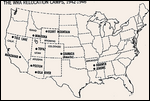



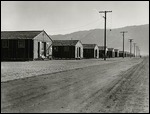
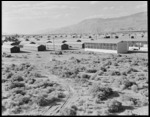
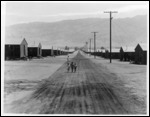
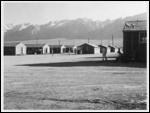
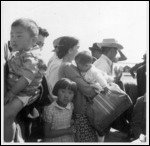
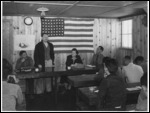
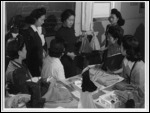
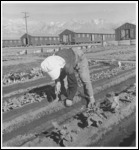




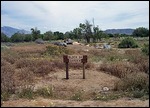
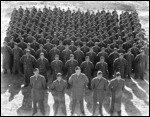




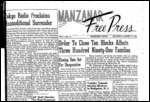

2025-05-22